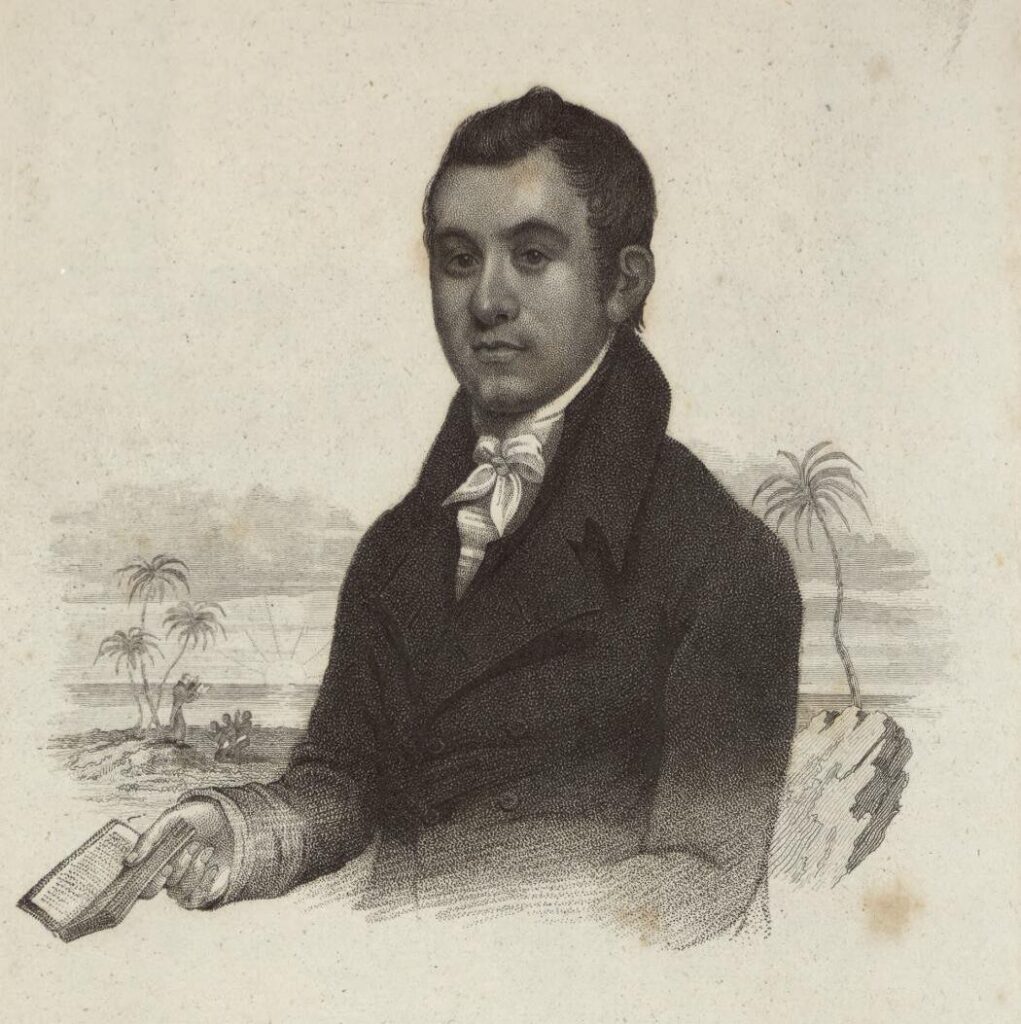William Milne (1785-1822) was the second Protestant missionary sent by the London Missionary Society to China, joining the first missionary, Robert Morrison. He was indeed a pioneer in those very early days. I want to list five keys in the life of this remarkable man, but first I will give a brief summary of his life and work. For much more go to BDCC, which is my main source.
Milne was married to Rachel Cowie on 4 August 1812. They arrived in Macau on 4 July 1813. With an infant child, they were expelled by the Roman Catholic priests after three days. They left for Guangzhou. Milne subsequently spent most of his missionary career in Malacca, beginning in the spring of 1815. He set up a printing press and school, preached the Gospel to the local Chinese, and was the first Principal of The Anglo Chinese College in Malacca. He also collaborated with Morrison to produce the second complete Chinese version of the Bible, translating the books of Deuteronomy through Job. Under his mentorship, Liang Fa, the first Chinese Protestant minister and evangelist, converted to Christianity in 1815 and was baptised by him.
Five keys to Milne’s service in mission:
1. Milne’s powerful conversion. Milne was born in Braeside in Aberdeenshire, Scotland. When young he excelled at carpentry and also in profanity which he learned when he was a shepherd boy. In 1801, at the age of sixteen, Milne experienced conversion, in which he “professed to choose the Lord as my God, Father, Saviour, and everlasting portion; and to offer up myself to His service, to be ruled, sanctified, and saved by Him.” His prayer life intensified so that he became known as a man of prayer. “From this time my enjoyment and pursuit of pleasure in the world were marred, and a beauty and excellence discovered in religion, which I had never seen in any past period of my life, and which led me to choose and follow after it as the only object deserving the chief attention of an immortal creature.”
2. His choice to attend a mission-minded church. He left the Church of Scotland to join “another body of Christians” which was evangelical and had edifying preaching. In 1804 Milne was received as a member of a Congregational church which was a missionary-minded church. As a result, after praying and consulting with friends, he submitted an application to the London Missionary Society (LMS). The LMS committee at first rejected his application, but he begged them to allow him to serve overseas, even if it were only as “a hewer of wood, or a drawer of water”. In 1809, when Milne was twenty-four, the committee relented and accepted his application.
3. The strong missionary training that LMS gave him. LMS sent him to be trained by David Bogue at the Gosport Academy. The LMS had previously faced disastrous failures in its first missionaries to the South Sea Islands. As a result, David Bogue persuaded them to require future candidates to undergo stringent and thorough training before being sent out to a foreign land as missionaries. Robert Morrison was one of the first students. Milne entered the Academy in 1809. Bogue had a clear idea of the need to train missionaries.
The course included language and culture learning studies; how to translate the Bible and other Christian writings into local languages; how to establish a school system in which local boys could be trained in the Christian faith in order to create future Christian leaders. “The instructions must chiefly refer to the heart, instead of cherishing the desire of shining in the world by distinguished talents… Our students are to learn how they may be patient and submissive under disappointments, persevering under long discouragements, ready to meet sufferings or even death, if such should be the divine appointment. The education of a missionary is to prepare him for a work in which he must calculate labour and danger, opposition and reproach.” The course took three years with ten months of school each year. Bogue pointed to David Brainerd as a role model: his hard study of the Indian language, his immense labours, apostolic sufferings, and early death from disease.
4. Milne’s mastery of the Chinese language. It was not easy! ”Learning the Chinese language requires bodies of iron, lungs of brass, heads of oak, hands of spring steel, eyes of eagles, hearts of apostles, memories of angels, and lives of Methuselah.”
5. His powerful vision for the work in China. In Guangzhou Milne had to hide himself so as to escape the notice of the suspicious and anti-foreign Chinese authorities. But one day, after seeing mainland China from the top of a hill, he wrote in his diary, “O that God would give this land of China to the churches, that we, their messengers, might walk through the length and breadth of it, to publish the glory of His salvation.”



